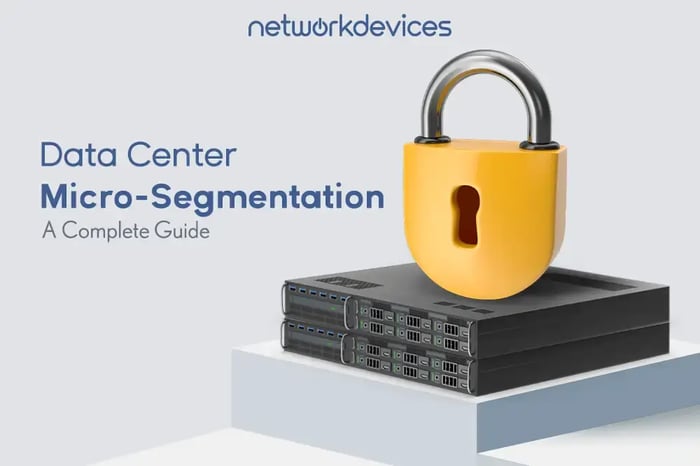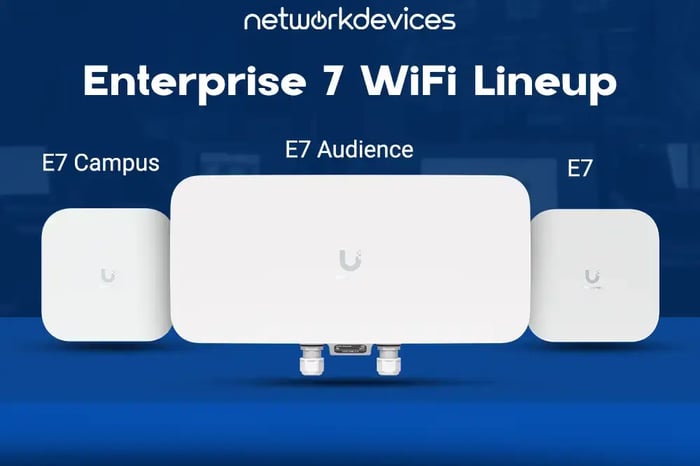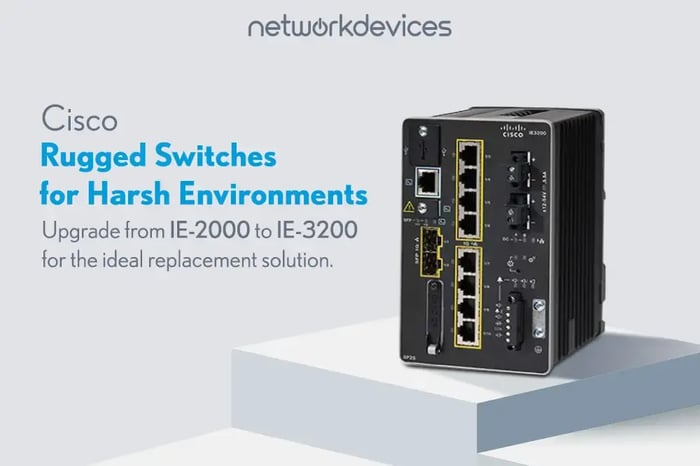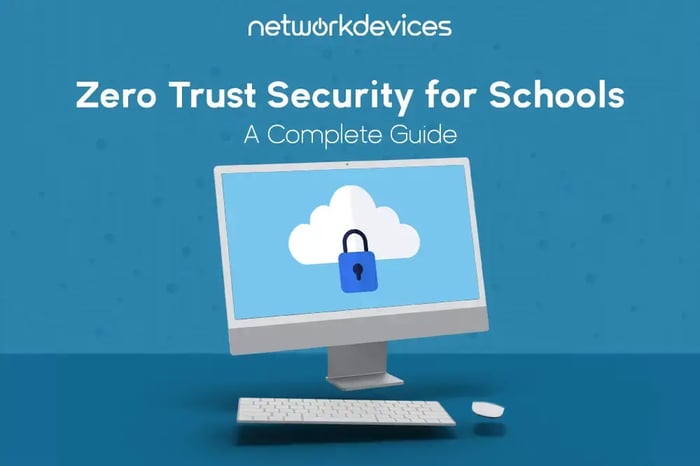You have no items in your shopping cart.

Data Center Micro-segmentation: A Complete Guide
As cyber threats evolve, traditional security models struggle to protect local data centers. Data center micro-segmentation enhances security by controlling traffic between workloads and preventing lateral movement.
This article covers the basics, benefits, and implementation of micro-segmentation in local data centers, with a case study on its application in universities.
Understanding Micro-segmentation: Key Concepts and Terminology
Before exploring the specifics of data center micro-segmentation, it is crucial to understand key concepts: Tenant, lateral movement, East-West traffic, and North-South traffic.
What is a Tenant in Micro-segmentation?
A tenant is a logically isolated environment within IT infrastructure that one or more organizations can use. Later in the article, we will delve into single-tenant and multi-tenant applications of micro-segmentation in on-premise environments.
Preventing Lateral Movement with Micro-segmentation
Lateral movement occurs when attackers move across a network after breaching a system. Micro-segmentation prevents this by restricting workloads to authorized systems and limiting attacks to the compromised network segment, directly supporting lateral movement prevention.
Understanding East-West and North-South Traffic Flows
Network traffic within a local data center can be classified as East-West or North-South. Understanding these distinctions is critical to optimizing east-west traffic security and implementing data center security best practices.
East-West Traffic: Communication between workloads within the same data center. Micro-segmentation isolates workloads, ensuring only authorized communication occurs. For instance, unauthorized access to file servers or databases is blocked by default.
North-South Traffic: Communication between the data center and external networks. While traditional firewalls manage this traffic, micro-segmentation tools refine access control at the application or service level, supporting compliance and security.
Why Micro-segmentation Matters for Local Data Center Security
Micro-segmentation plays a critical role in addressing the inherent vulnerabilities of traditional network security models. Below are key reasons for its adoption in on-premise data centers:
1. Improved Protection Against Lateral Movement
By enforcing strict access policies, data center micro-segmentation limits attackers’ ability to move laterally across networks. For example, a breach in a university’s research system would not expose financial systems due to segment isolation.
2. Streamlined Regulatory Compliance
Standards like GDPR and HIPAA demand tight controls on data flow. Micro-segmentation for data center compliance ensures that only authorized workloads can communicate, making audits easier and reducing risk.
3. Tenant Isolation
In multi-tenant environments, micro-segmentation vendors like VMware NSX or Cisco ACI ensure that one tenant’s activities do not compromise another’s security. For example, separating academic research from administrative systems in a university prevents data leaks.
4. Optimized Network Performance
Microsegmentation boosts network performance by minimizing unnecessary communication between workloads. It restricts traffic to essential communications, optimizing resource use and enhancing efficiency.
How Micro-segmentation Works: Core Principles
Micro-segmentation operates on a granular level, providing significant advantages over traditional VLAN-based segmentation. Here are key principles:
Granular Security Policies in Micro-segmentation
Organizations can define specific security policies for each workload. For instance, an application on a VM can only communicate with a designated database, reducing the attack surface.
Micro-segmentation and Zero Trust Security
Aligned with the zero trust data center security model, every request must be authenticated and authorized, regardless of origin.
Dynamic Scalability
Solutions like VMware NSX micro-segmentation and Cisco ACI micro-segmentation ensure policies adapt as workloads scale or migrate, maintaining security across evolving infrastructures.
Continuous Monitoring
Tools such as Illumio Core and Guardicore Centra provide visibility into traffic, helping enforce policies and detect anomalies in real-time.
Micro-segmentation Deployment Models: Single-Tenant vs. Multi-Tenant
Micro-segmentation is versatile, supporting both single-tenant and multi-tenant configurations:
- Single-Tenant Environments: Workloads are isolated to prevent lateral movement within the same tenant, such as separating development from production environments.
- Multi-Tenant Environments: Logical isolation ensures tenants’ activities remain independent. For instance, university departments like finance and student services operate securely on shared infrastructure.
Top Micro-segmentation Solutions for Data Centers
Microsegmentation is a crucial network security element supported by various tools that enable granular policy enforcement, scalability, and real-time monitoring. Below is an overview of some leading products in the market:
1. VMware NSX
VMware NSX provides granular control over East-West traffic and integrates seamlessly with virtualized environments.
- Features: Policy-based management, distributed firewalls, and application dependency mapping.
- Best for: Enterprises with VMware-based infrastructure seeking robust and scalable solutions.
2. Cisco ACI (Application Centric Infrastructure)
Cisco ACI offers application-aware networking and automated microsegmentation.
- Features: Centralized policy management, dynamic scalability, and integration with cloud platforms.
- Best for: Large-scale deployments requiring hybrid infrastructure support.
3. Fortinet FortiGate
Fortinet FortiGate firewalls deliver robust microsegmentation capabilities through Fortinet’s Security Fabric, enabling dynamic trust zones and advanced policy enforcement.
- Features: Granular traffic control, application, and identity-based segmentation, as well as integration with FortiManager and FortiAnalyzer for centralized management and visibility.
- Best for: Organizations of all sizes, especially those seeking cost-effective, scalable solutions for hybrid or local data center environments.
4. Illumio Core
Illumio Core focuses on real-time traffic visibility and segmentation across various environments.
- Features:Application dependency mapping, policy simulation, and real-time traffic control.
- Best for: Organizations prioritizing visibility and simple deployment with minimal disruption.
5. Guardicore Centra
Guardicore Centra offers detailed traffic monitoring and automated policy creation for comprehensive microsegmentation.
- Features: Threat detection, visualization of traffic flows, and integration with legacy systems.
- Best for: Medium to large organizations needing in-depth security analytics.
6. Palo Alto Networks Prisma Cloud
Prisma Cloud extends microsegmentation to containerized and cloud-native environments.
- Features: Identity-based segmentation, automated compliance checks, and robust cloud integration.
- Best for: Cloud-heavy organizations or those adopting Kubernetes and containerized workloads.
7. Trend Micro Deep Security
Trend Micro Deep Security provides microsegmentation for virtual, cloud, and containerized workloads.
- Features: Intrusion prevention, dynamic policy enforcement, and centralized visibility.
- Best for: Organizations needing a combination of endpoint and network security.
8. Akamai Guardicore Segmentation
Akamai Guardicore offers a lightweight approach to microsegmentation, targeting ease of use and rapid deployment.
- Features: Detailed traffic mapping, scalable segmentation policies, and threat prevention.
- Best for: Organizations seeking a simplified solution.
The microsegmentation market offers a range of tools tailored to diverse needs, from large enterprise environments to SMBs and hybrid data centers.
Fortinet FortiGate, in particular, stands out for its ease of integration, dynamic trust zones, and centralized management, making it a strong contender alongside other leading solutions like VMware NSX and Cisco ACI.
Organizations can enhance their security posture and operational efficiency by selecting the right tool.
Challenges of Micro-Segmentation in Data Centers
1. Complexity in Policy Configuration: Microsegmentation requires highly granular policies, which can be challenging to configure and manage, especially in large or dynamic environments.
2. Resource Intensity: Implementing and maintaining microsegmentation requires significant resources in terms of specialized tools and skilled personnel.
3. Integration with Existing Systems: Microsegmentation may need to be integrated with legacy systems and existing security frameworks, which can lead to compatibility issues or disruptions.
4. Cost: The initial setup cost, including purchasing the necessary tools and hardware, can be prohibitive for some organizations.
5. Operational Overhead: Continuous monitoring and updates to segmentation policies are needed to adapt to evolving network conditions and threats.
6. Scalability Issues: As organizations grow, scaling microsegmentation to accommodate an expanding infrastructure while maintaining security and performance can be challenging.
Case Study: Enhancing University Data Center Security
A large university implemented data center micro-segmentation to secure its diverse IT infrastructure. Key tenants included:
Tenant A: Administrative systems managing financial and HR records.
Tenant B: Research systems requiring secure collaboration.
Tenant C: Shared services like libraries and online platforms.
Challenges:
- Data Privacy: Research data must be strictly isolated from administrative and student services.
- Compliance: Financial systems must comply with PCI DSS and other regulatory requirements.
- Internal Threats: Students and staff working in IT occasionally accessed unauthorized systems.
- Cyber Threats: Increasing ransomware and phishing attempts targeted the university's infrastructure.
Solution:
The university adopted micro-segmentation tools like VMware NSX and Cisco ACI. These solutions enabled granular policy enforcement and dynamic scalability, addressing compliance and security needs effectively.
Environment Discovery: Tools like Cisco Tetration mapped data flows and dependencies within the data center, revealing interdepartmental communication that exceeded the principle of least privilege.
Tenant Segmentation: The IT team created logical tenant boundaries:
Tenant A: Administrative departments with restricted HR and financial data access.
Tenant B: Research teams with access only to project-specific resources.
Tenant C: Shared services with limited inter-tenant interaction.
Policy Definition: Granular communication policies were implemented using VMware NSX to enforce the principle of least privilege.
For example, research staff were not allowed access to financial systems, and administrative staff were restricted to HR and student systems, excluding research data.
Dynamic Policy Enforcement: The university has implemented a solution to enforce microsegmentation policies as workloads change, ensuring consistent security.
Automation maintains compliance and reduces security gaps during updates and migrations. Tools like VMware NSX, Cisco ACI, and Illumio Core adjust policies in real time, offering ongoing protection as the organization grows.
Continuous Monitoring: Continuous monitoring has been implemented to track network traffic, detect policy violations, and address anomalies in real-time.
This proactive approach helps identify security risks early and ensures consistent policy enforcement.
Tools like Guardicore Centra, Illumio Core, and Cisco Tetration provide visibility and anomaly detection to maintain security.
Key Outcomes
- 75% reduction in lateral movement risk.
- Achieved PCI DSS and GDPR compliance.
- Streamlined operations through automated policy updates.
Frequently Asked Questions (FAQ)
1. What is micro-segmentation in data centers?
Micro-segmentation is a network security practice that divides data center environments into isolated segments to enhance security and limit lateral movement.
2. How does micro-segmentation prevent lateral movement?
By enforcing strict policies that limit communication between workloads, micro-segmentation confines breaches to the affected segment, preventing attackers from moving across the network.
3. What are the benefits of micro-segmentation?
Micro-segmentation improves data center security, streamlines regulatory compliance, enhances network performance, and supports zero trust principles.
4. Which tools are best for micro-segmentation?
Popular tools include VMware NSX, Cisco ACI, Fortinet, Illumio Core, and Guardicore Centra.
5. Is micro-segmentation suitable for small businesses?
Yes, with cost-effective solutions like Fortinet or Guardicore, small businesses can implement scalable micro-segmentation tailored to their needs.
Enhance Your Data Center Security with Micro-segmentation
Organizations can achieve data center security best practices by implementing micro-segmentation in local data centers, preventing lateral movement, and supporting zero trust architecture.
Tools like VMware NSX, Cisco ACI, and Fortinet offer scalable solutions tailored to diverse environments. With proper planning and execution, micro-segmentation enhances both security and operational efficiency.






